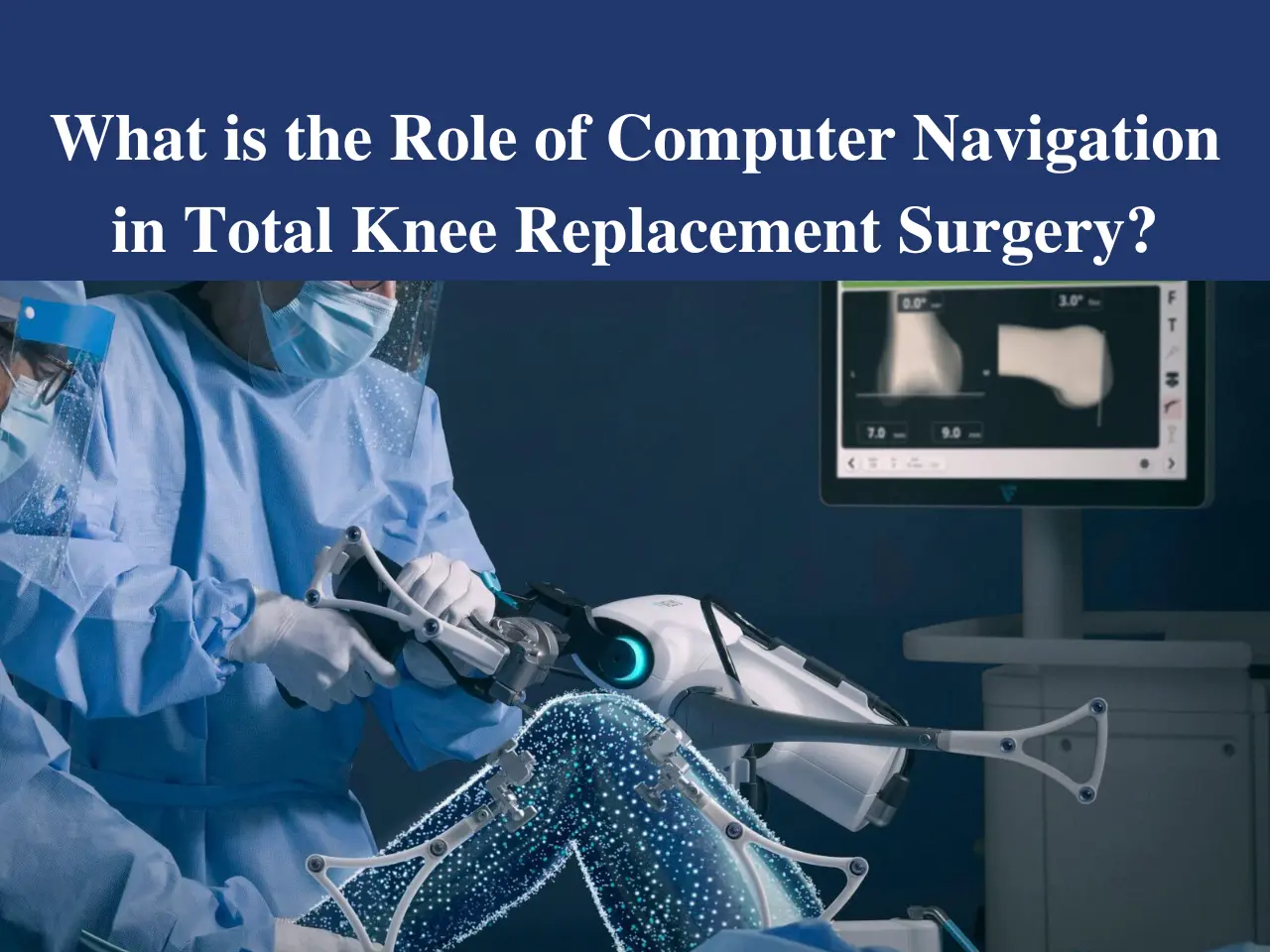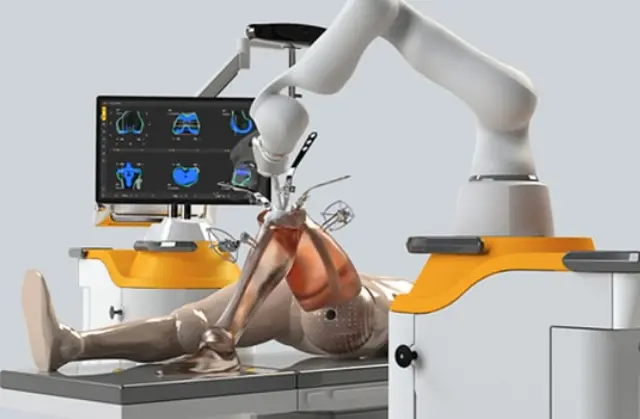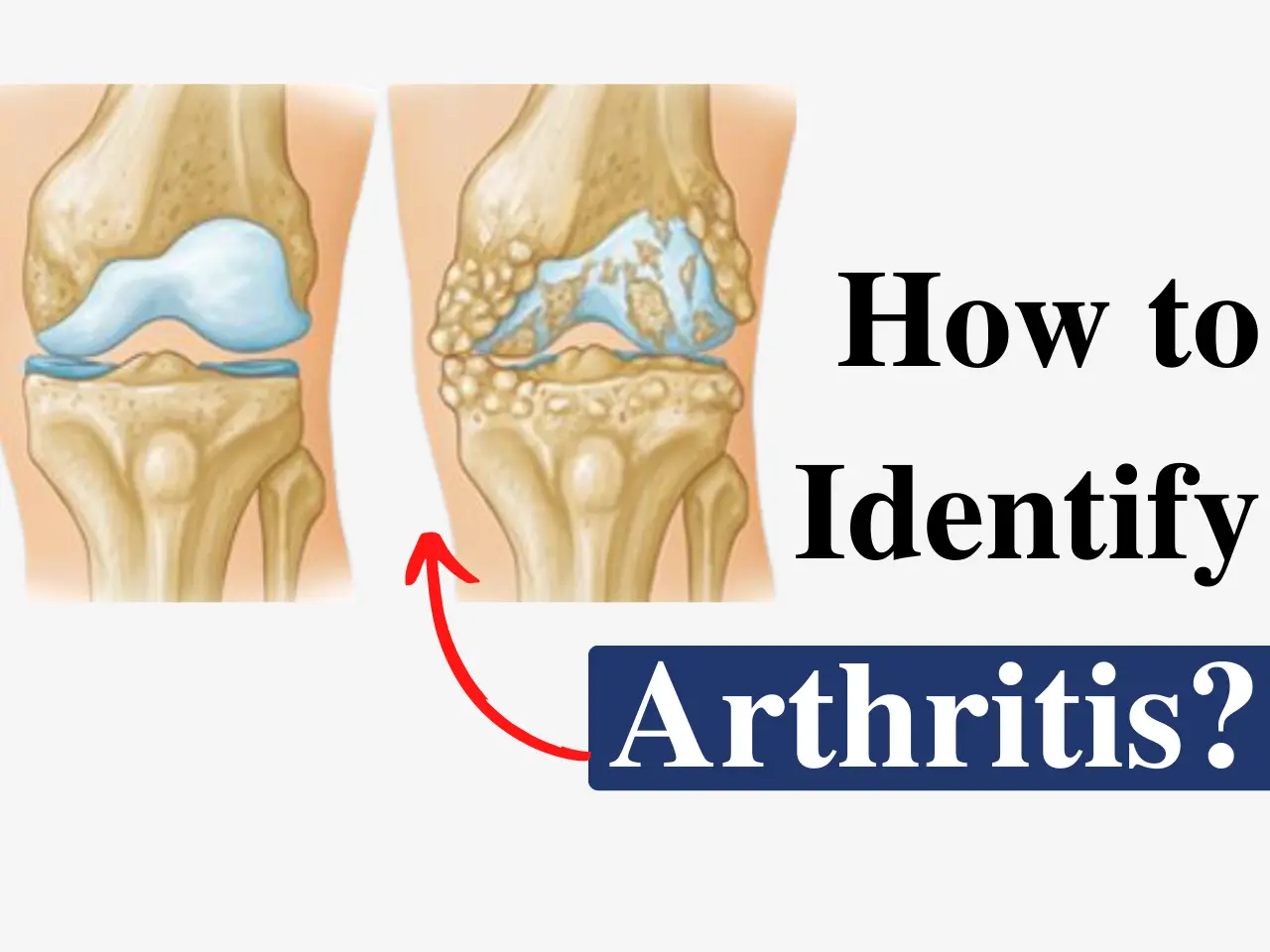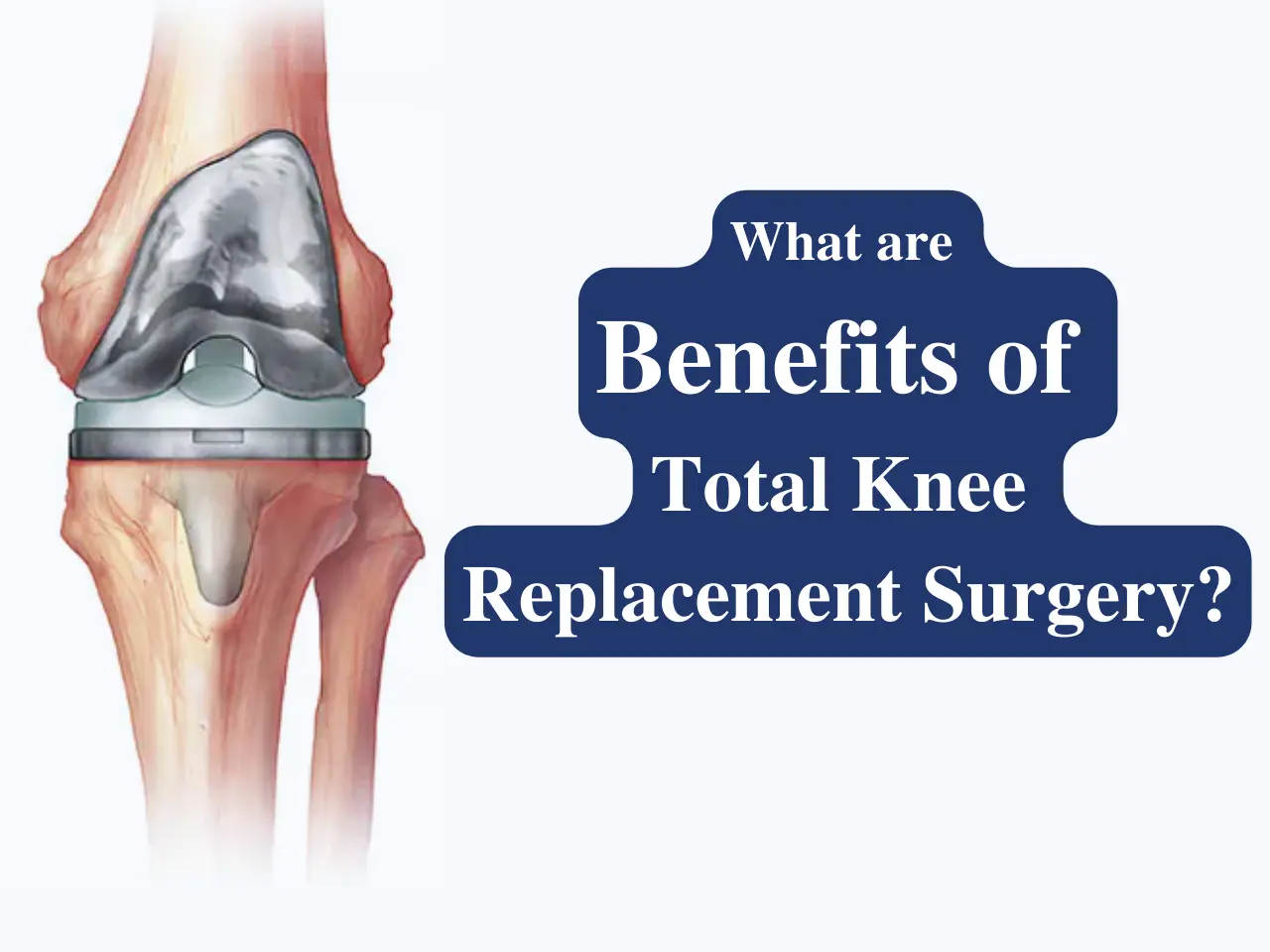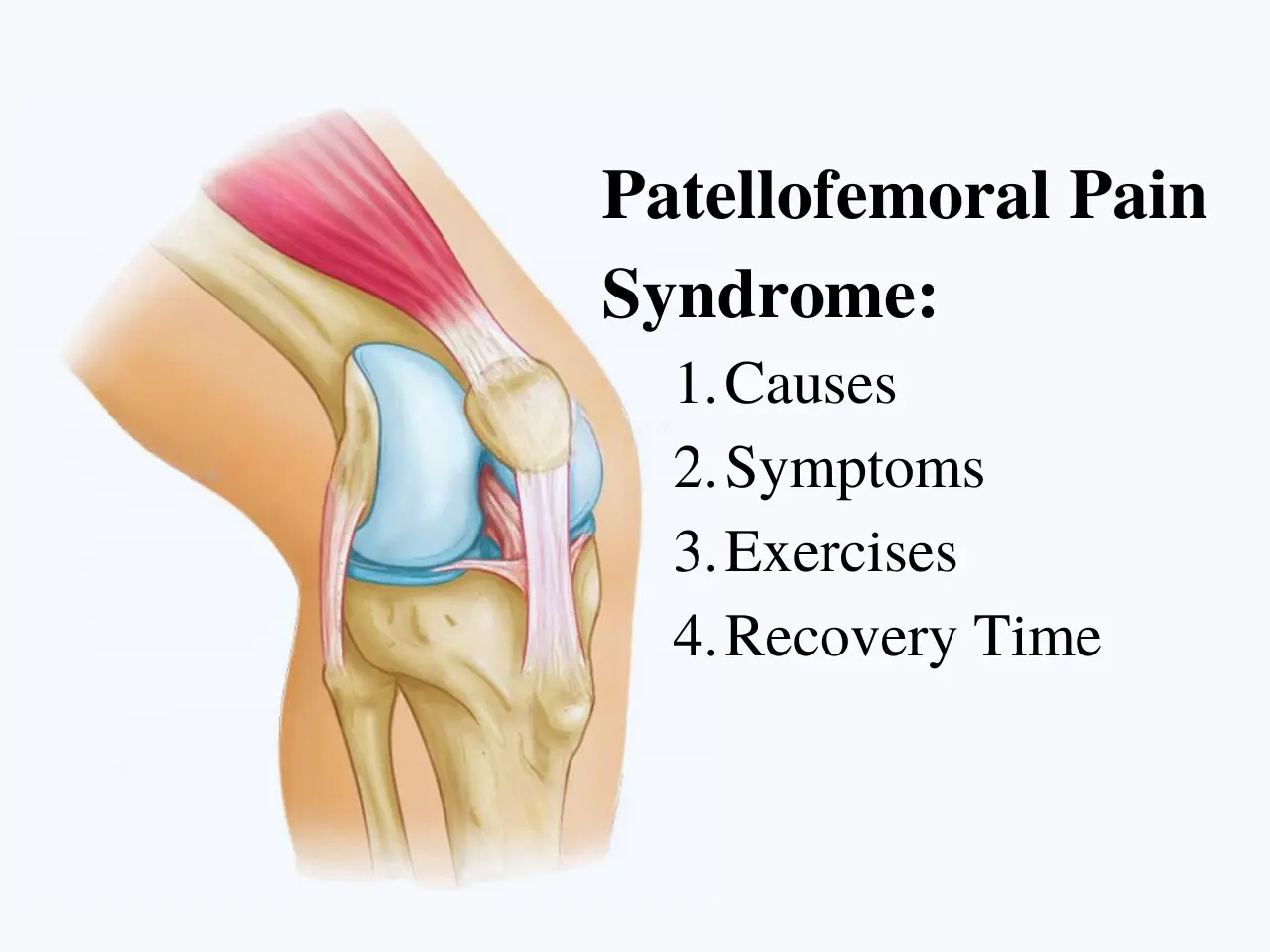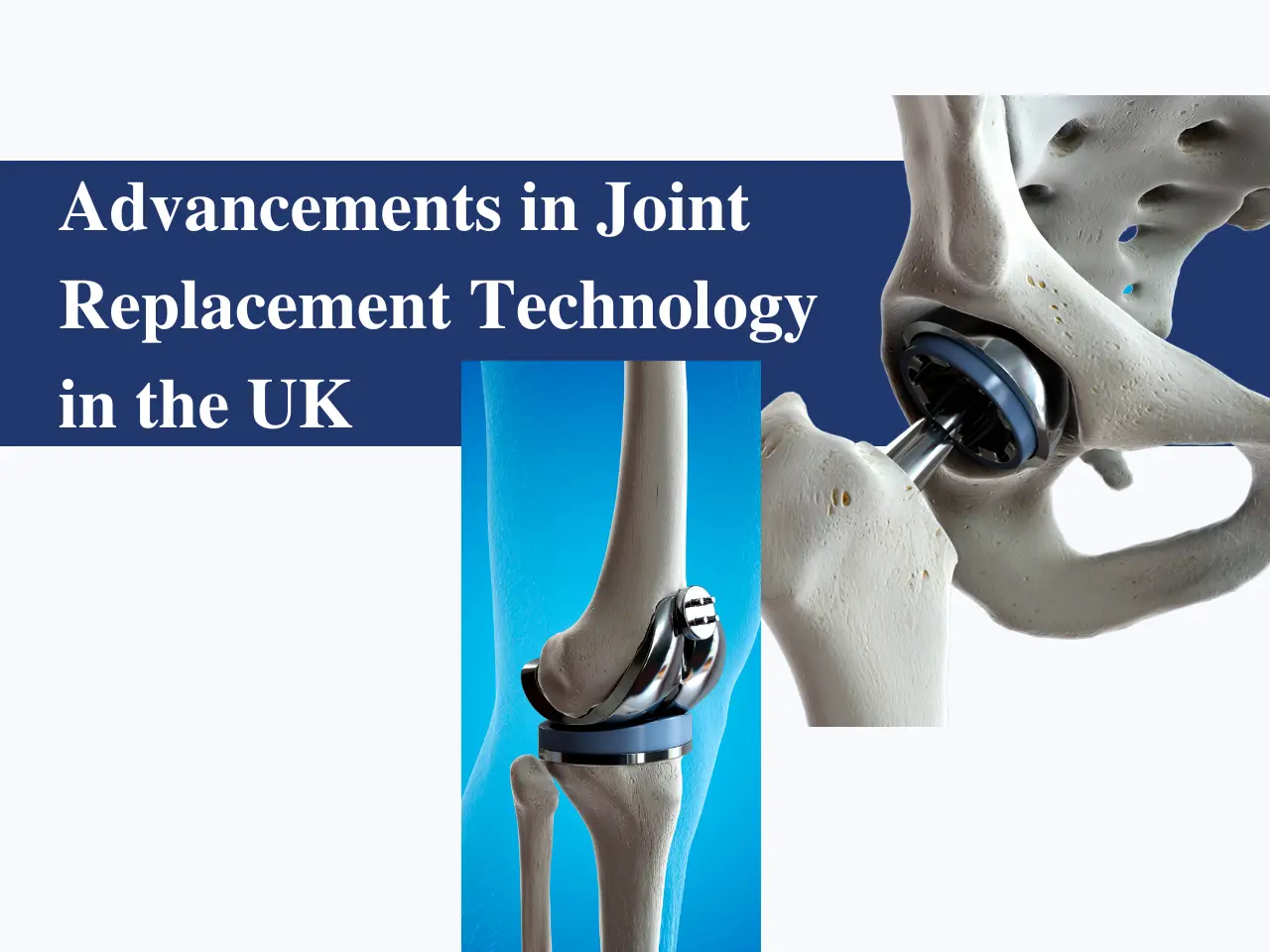Introduction:
Total Knee Replacement Surgery is a highly effective and common procedure for individuals suffering from severe knee joint pain and limited mobility due to conditions like osteoarthritis or other degenerative diseases.
Over the years, advancements in medical technology have revolutionized this surgical approach, leading to the integration of computer navigation systems in the process.
Computer-assisted Knee Replacement Surgery, pioneered by esteemed professionals like Mr. Nikhil Pradhan, has emerged as a cutting-edge technique to enhance precision and outcomes in knee replacement procedures.
What is Computer Navigation in Knee Replacement Surgery?
Computer navigation in knee replacement surgery involves the utilization of advanced computer systems, specialized software, and sophisticated imaging techniques to assist surgeons in accurately planning and executing the procedure.
This technology provides real-time feedback, enabling surgeons to make precise adjustments during the surgery, leading to optimal outcomes for patients.
How Does Computer Navigation Work in Knee Replacement Surgery?
- Preoperative Data Collection: The process begins with the collection of preoperative data about the patient’s knee joint. This data can include high-resolution 3D images obtained through techniques like computed tomography (CT) scans or magnetic resonance imaging (MRI). These images provide detailed information about the patient’s knee anatomy, bone quality, and any existing deformities or damage.
- Creation of a Virtual Model: The collected data is then fed into the computer navigation system, which creates a precise virtual model of the patient’s knee joint. The model helps the surgeon visualize the joint’s unique characteristics and plan the surgical approach accordingly.
- Surgical Planning and Simulation: Using the virtual model, the surgeon can perform surgical planning and simulations before the actual procedure. This allows them to make informed decisions about implant size, positioning, and alignment that are specific to the patient’s anatomy.
- Intraoperative Tracking: Once the surgery begins, the computer navigation system tracks the position and movement of surgical instruments and the knee joint in real-time. The system continuously compares the actual surgical progress with the preoperative plan and provides feedback to the surgeon.
- Real-time Feedback and Adjustment: During the surgery, the computer navigation system provides real-time feedback to the surgeon, enabling them to make precise adjustments as needed. The surgeon can ensure that the knee components are positioned accurately and aligned correctly to achieve optimal results.
Benefits of Computer-Assisted Navigation in Knee Replacement Surgery
Computer-assisted navigation offers numerous advantages over traditional knee replacement procedures, including:
- Improved Surgical Precision: Computer navigation allows for a higher level of accuracy in implant positioning, leading to better long-term outcomes for patients.
- Enhanced Alignment and Implant Placement: Proper alignment is crucial for the longevity and function of knee replacements. Computer navigation ensures precise alignment, reducing the risk of implant wear and failure.
- Minimized Risk of Complications: With real-time feedback and precise planning, the likelihood of complications such as ligament damage or improper fit is significantly reduced.
- Customized Approach to Each Patient: Computer navigation systems take into account the unique anatomical features of each patient’s knee, leading to a more personalized surgical approach.
- Faster Recovery and Rehabilitation: The accuracy of computer-assisted surgery often results in less trauma to surrounding tissues, leading to quicker recovery times and improved post-operative rehabilitation.
The Newest Technology in Total Knee Replacement
The field of total knee replacement continues to witness rapid advancements in technology.
Some of the latest developments include:
Advanced Imaging Techniques: High-resolution imaging modalities, such as 3D CT scans and MRI, provide detailed pre-operative information, enabling surgeons to create precise surgical plans.
Artificial Intelligence and Machine Learning: Integration of AI algorithms in computer navigation systems enhances decision-making during surgery and improves patient outcomes.
Robot-assisted Knee Replacement: Some advanced systems incorporate robotic arms, offering a higher degree of precision and control during the surgery.
Computer-Assisted Knee Replacement Surgery in Cheshire
In Cheshire, total knee replacement surgeries have reached a new level of excellence with the introduction of computer-assisted navigation techniques.
Mr. Nikhil Pradhan, a renowned expert in orthopedic surgery, has been at the forefront of these advancements, transforming the lives of countless patients through his pioneering work.
Total Knee Replacement in Cheshire
Cheshire boasts state-of-the-art knee replacement clinics, where patients can benefit from the latest technological innovations in knee surgery. The integration of computer navigation systems has made knee replacements in Cheshire safer and more effective than ever before.
Conclusion:
Computer navigation has undoubtedly revolutionized total knee replacement surgery, providing unprecedented precision and customization for patients.
Mr. Nikhil Pradhan contributions to the field of computer-assisted knee replacement have played a significant role in advancing this technology and improving patient outcomes.
As advancements in medical technology continue, the future of knee replacement surgery in Cheshire and beyond looks brighter than ever.

